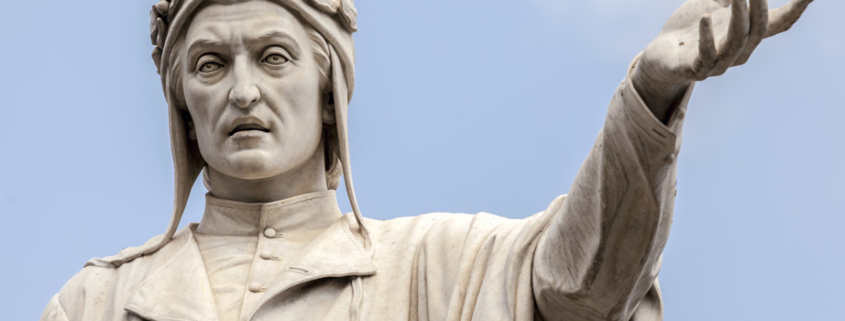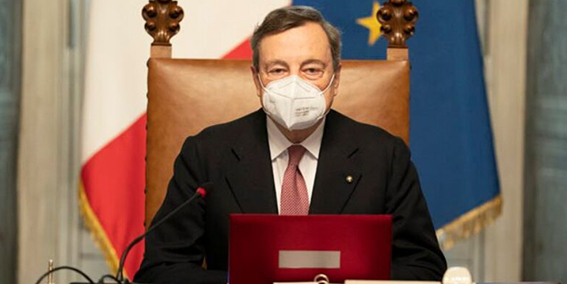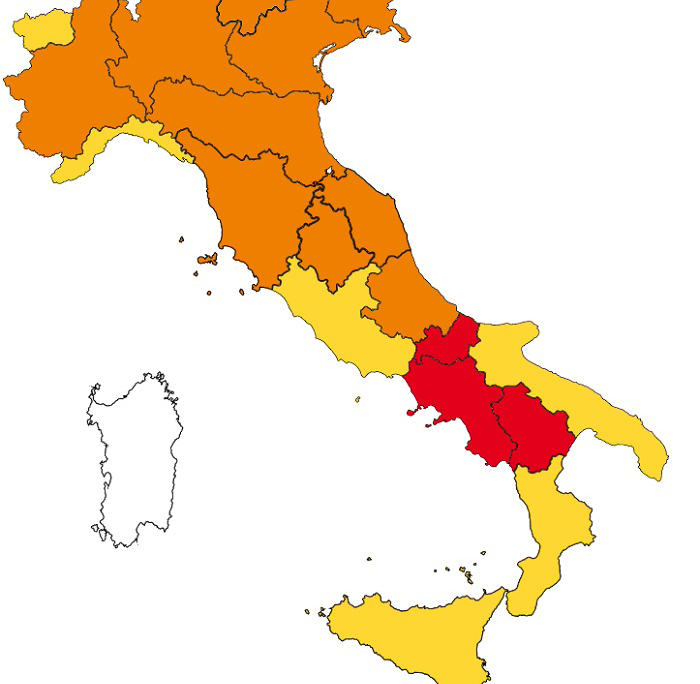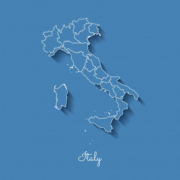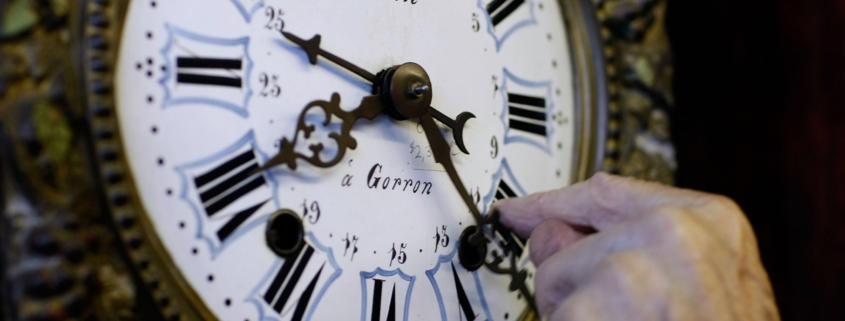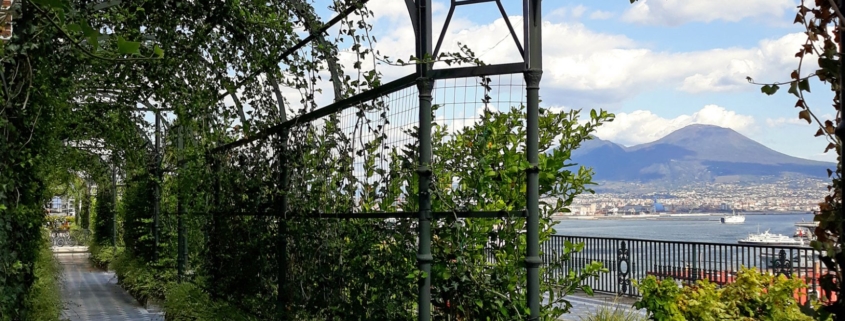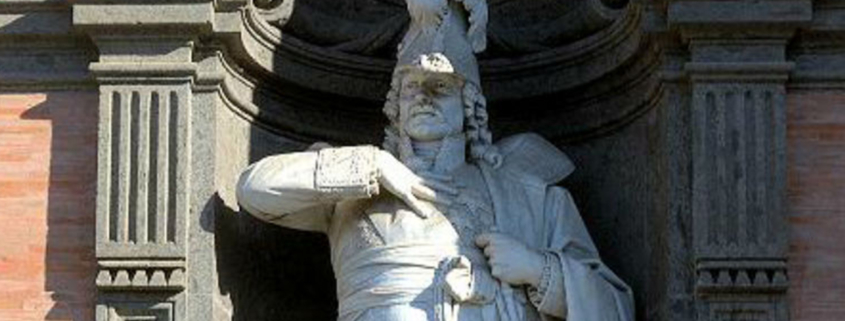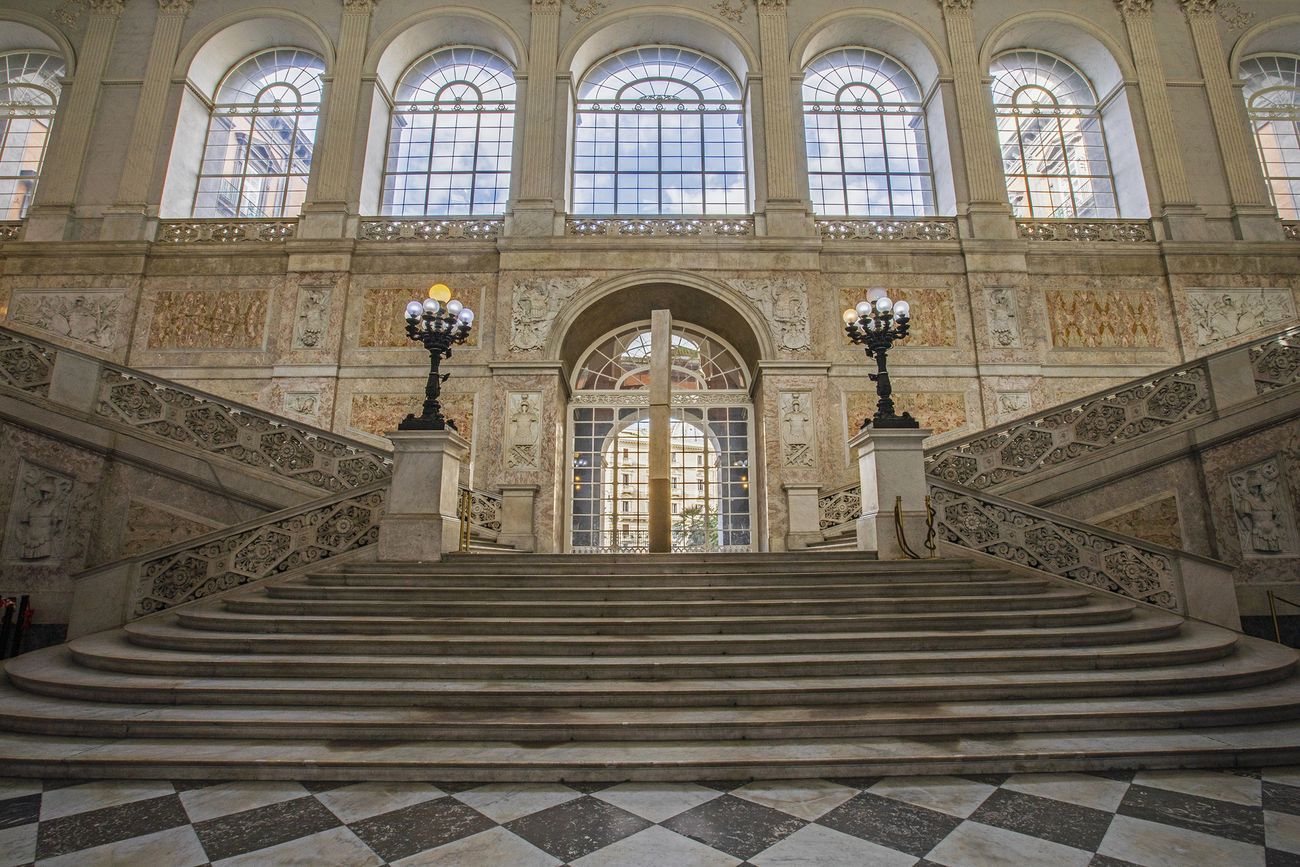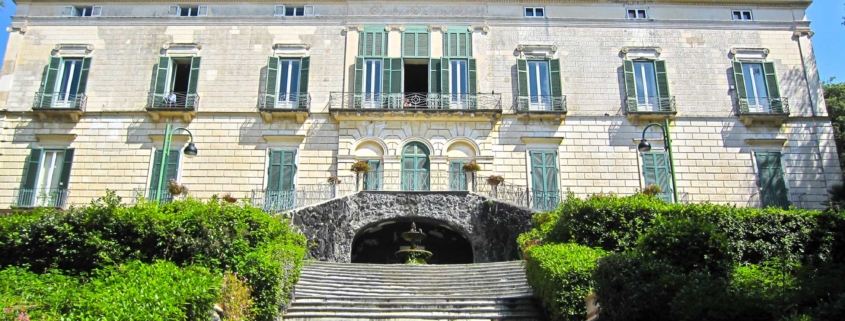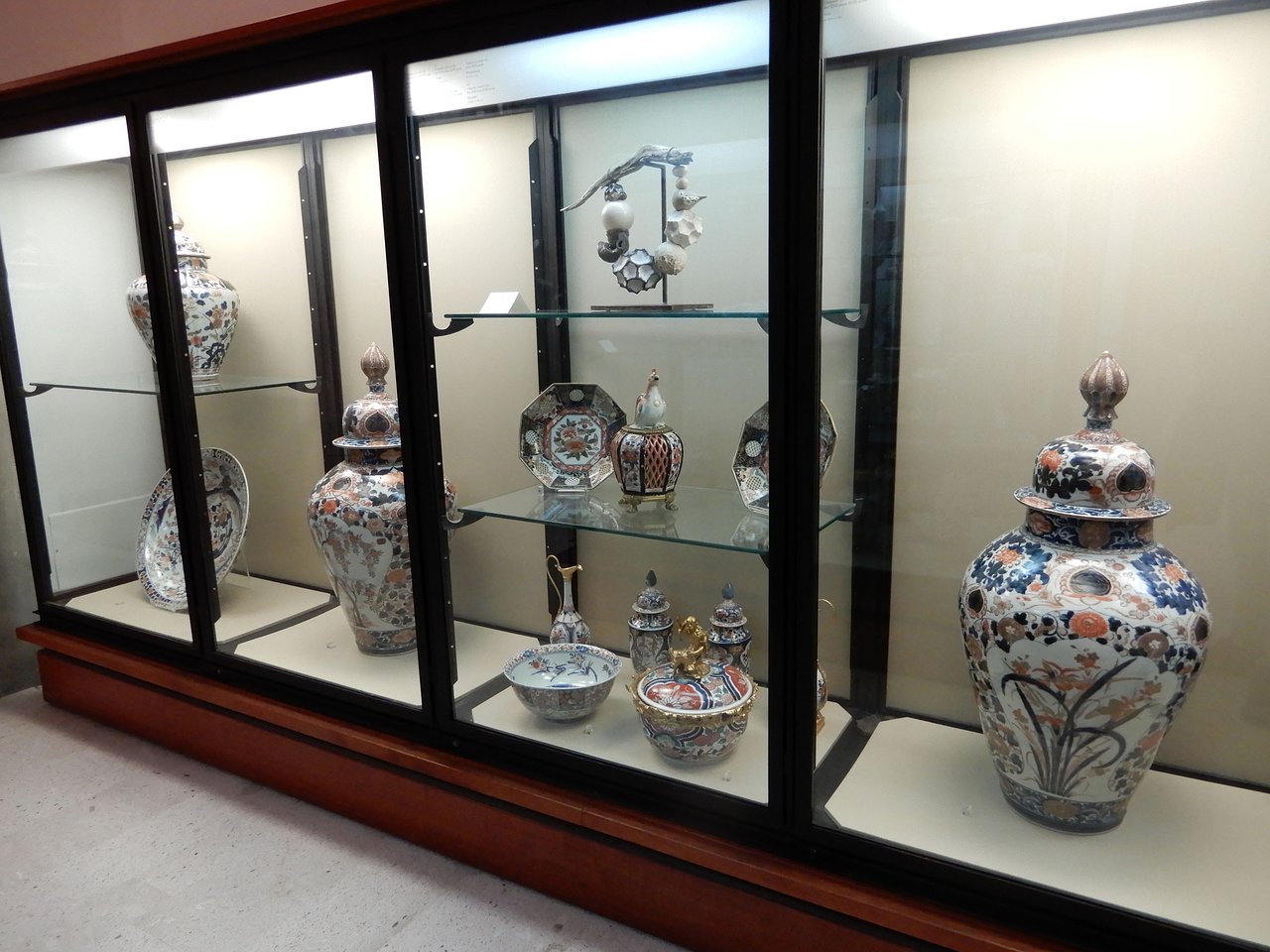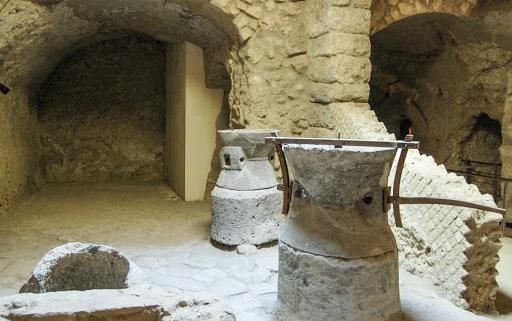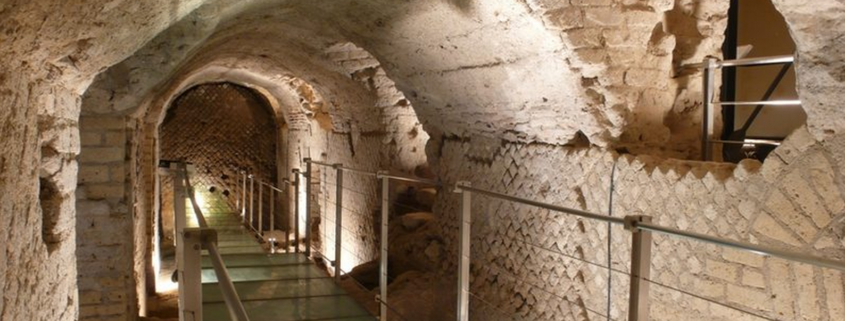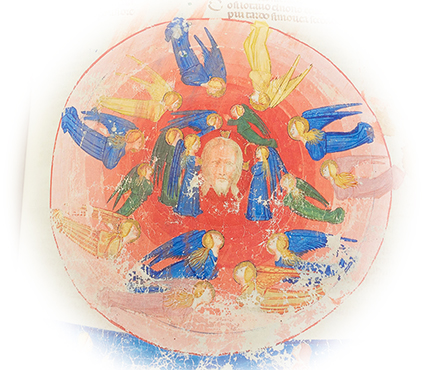
DANTEDI’ 2021
700th ANNIVERSARY CELEBRATING DANTE ALIGHIERI
“FATHER OF THE ITALIAN LANGUAGE”
DATES TO REMEMBER – MARCH 25th
Year 2021 marks the 700th anniversary of the death of Dante Alighieri
with an array of commemorative events programmed throughout Italy and beyond.
Today – March 25th – is “The” day – Dantedì – celebrating the medieval philosopher and poet as highlighted last year by My Country magazine when March 25th was approved as a National Day in Italy.
Dante was born in Firenze but travelled and lived in many places including Verona, Roma, Ravenna, Bologna, Forlì, Pisa and Arezzo amongst others. Dante died 700 years ago but in September; as March 25th represents the day recognised as the beginning of the so-called “journey into afterlife” as described in his poetic trilogy La Divina Commedia – the journey through the three realms of the dead – from Inferno (hell)”, Purgatorio (purgatory) to Paradiso (heaven).

This year’s fantastic Dantedì 2021 anniversary programme involves over 100 projects taking place in over 70 towns in Italy – but the programme also extends to many other countries including the U.K. and U.S.
Dantedì will host various events, digital events, exhibitions, readings and in-depth conferences taking place not only today but throughout the year.
MY Highlights
~ 80 rare drawings of Dante’s Divine Comedy La Divina Commedia – created by the 16th-century Renaissance artist Federico Zuccari – online for free by the Uffizi Gallery of Firenze.
~ “Piazza Dante. #Festivalinrete” is just one of the many interesting projects consisting of 41 Festivals regarding Italian culture through literature, poetry, science, videos and unpublished scripts
For full details see: https://beniculturali.it/dantedì https://dantesettecento.beniculturali.it
The Italian Minister of Cultural Heritage and Tourism Dario Franceschini commented:
“Dante is the unity of Italy. He represents the Italian language and the very idea of our country.
The celebrations of the seven-hundred years since the death of Dante Alighieri close a three-year period of initiatives made possible by a law specifically intended to commemorate three great personalities of Italian culture: Leonardo, Raphael and, this year, Dante”.
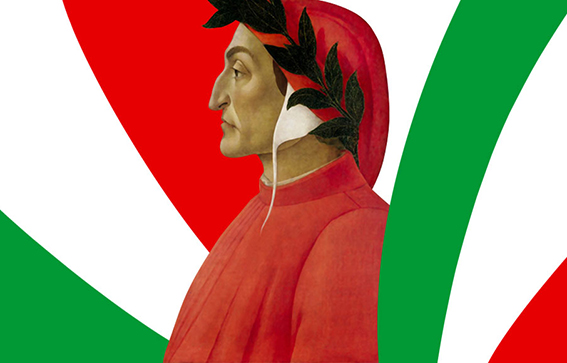
#Dantedì #Dantedì2021 #Dante700 #Dante2021 #Dantesettecento #PiazzaDanteFestivalinrete
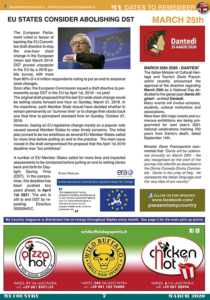
My Country magazine – My Dates to Remember – March 25th – Dantedì

